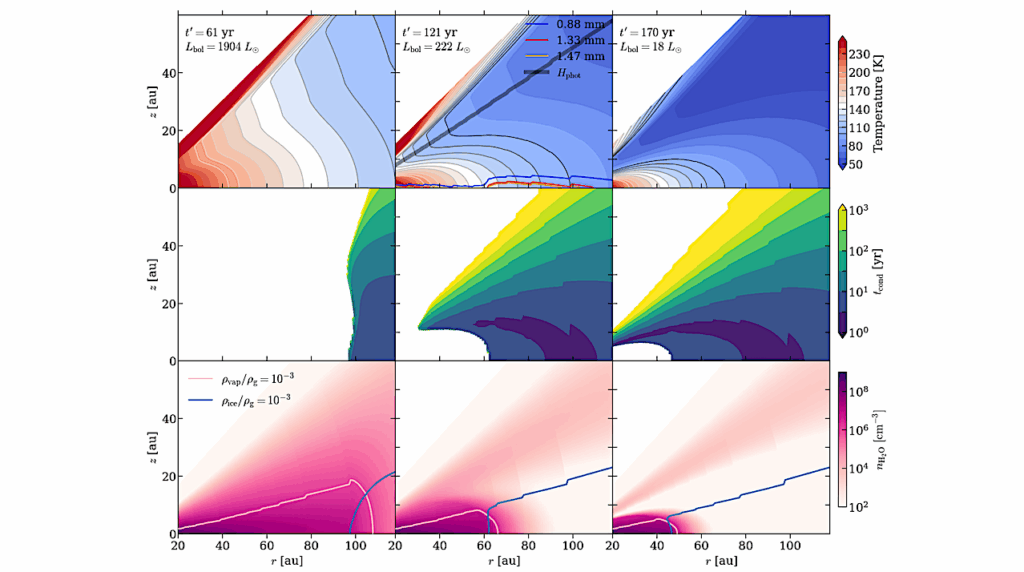The Origin of Titan's Methane
The origin of the atmosphere of Saturn’s largest moon, Titan, has been an enduring mystery for decades. Scientists from NAI’s Arizona State University team think they may finally have an answer. They tested the recently popular hypothesis that methane in Titan’s atmosphere originated in hydrothermal systems deep within Titan. Their work was made possible by chemical data that were acquired when NASA’s Cassini spacecraft passed through a plume of water and other compounds from Enceladus.
Using a geochemical model, the team deduced that Titan’s atmospheric methane has much less deuterium than would be expected if the methane were produced in a hydrothermal system. The implication is that Titan’s methane is a primordial chemical species that was accreted by the moon during its formation.
While Titan’s methane probably came from accreted ices, the analysis of the ASU team suggests that the other major constituent of Titan’s atmosphere, molecular nitrogen, could have come from within Titan’s core. This work advances the understanding of the origin and evolution of the bioessential elements carbon and nitrogen on icy worlds in planetary systems. More information can be found in the December 2009 issue of Icarus.
Source: NAI Newsletter








